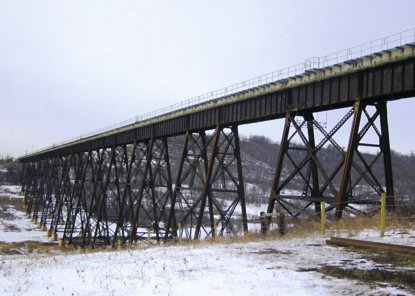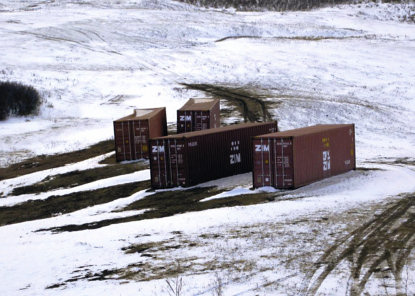Containing wind risk on Canadian railways
On April 30, 2011, a freight train crossing the Uno Bridge in West Manitoba, Canada experienced a high-wind event that caused 44 containers to be blown off the train and fall more than 100 feet to the ground below. Luckily, there were no injuries or hazardous materials spilled, but the accident could have been a lot more severe.

To prevent similar incidents in the future, Canadian National Rail (CN Rail) worked together with Vaisala to develop a creative solution to monitor and alert operators when high wind hazards are present. Following the initial collaboration between CN Rail and Vaisala, it was decided to use a Vaisala Automatic Weather Station MAWS110 connected to a WXT520 weather transmitter at the east end of the bridge, as well as a WMT700 ultrasonic wind sensor located at the center of the bridge. The heated WMT700 is mounted upside down below the rail deck to avoid wind interference from passing trains.
The system monitors wind conditions and, when the customer specified alarm rules are violated, it automatically triggers a radio broadcast heard by the train engineers. The MAWS weather station is also integrated into CN Rail’s operations center, where it sends data and triggers a visual warning. This allows CN Rail to take preventive action to avoid a repeat of the accident that occurred last spring.

Important steps in a developing market
The wind risk project has been interesting and challenging and represents a relatively new market for Vaisala. The project highlights how our systems can be utilized to increase the safety and efficiency of our railroad customers. The MAWS platform provides the flexibility needed to create a custom system to meet customers’ strict requirements. CN Rail may very well choose to install similar systems at other high-risk locations all over the country.
